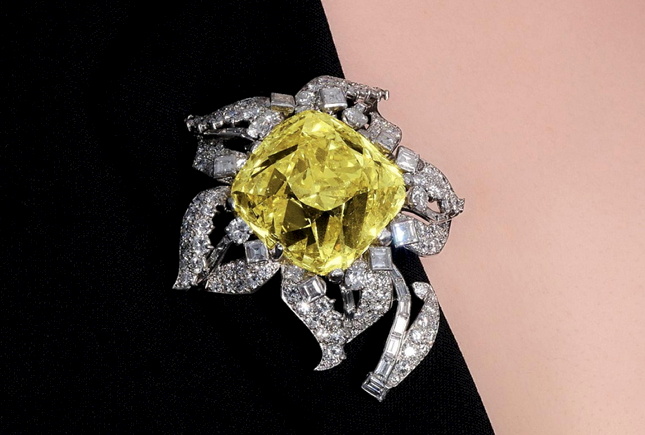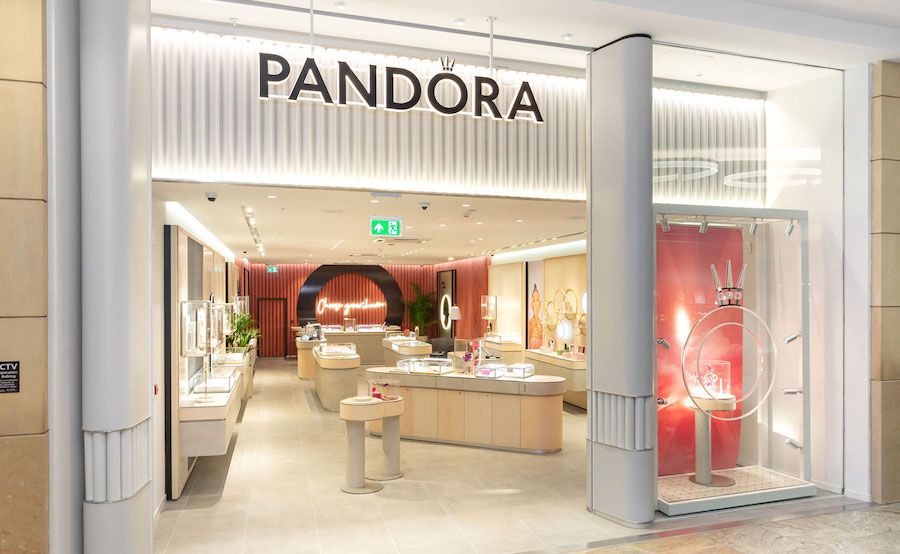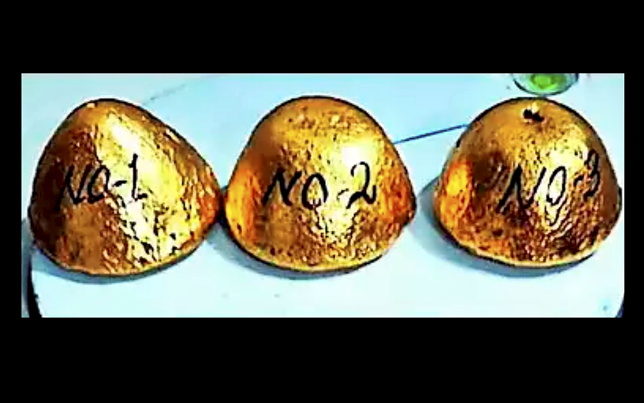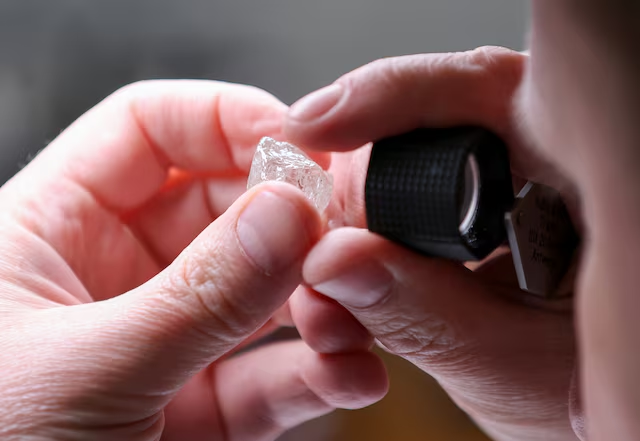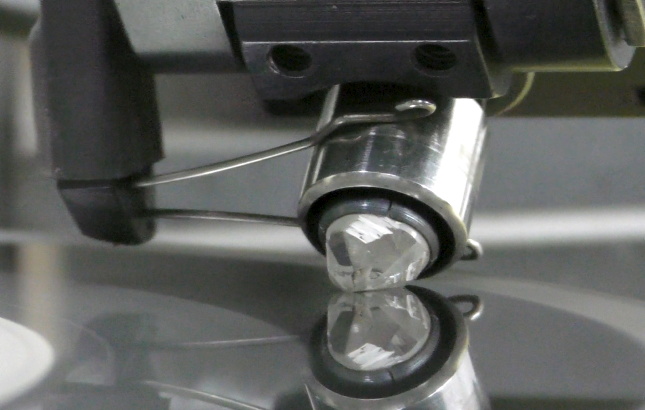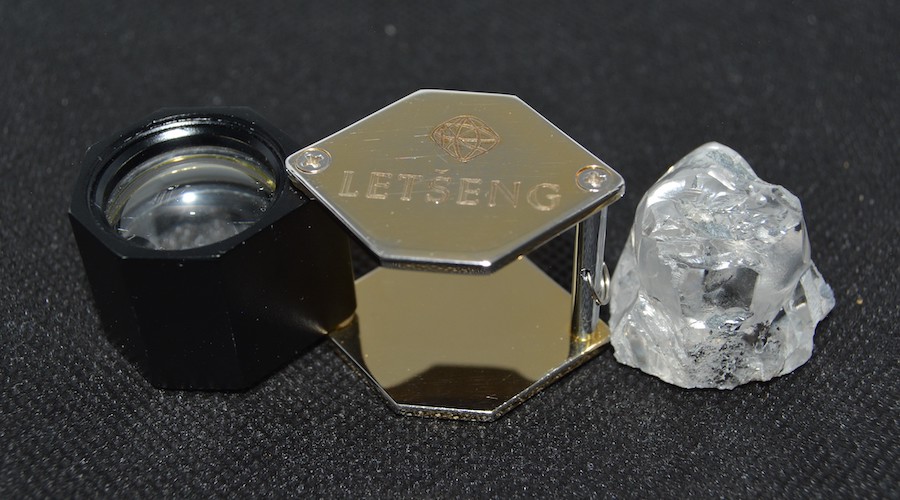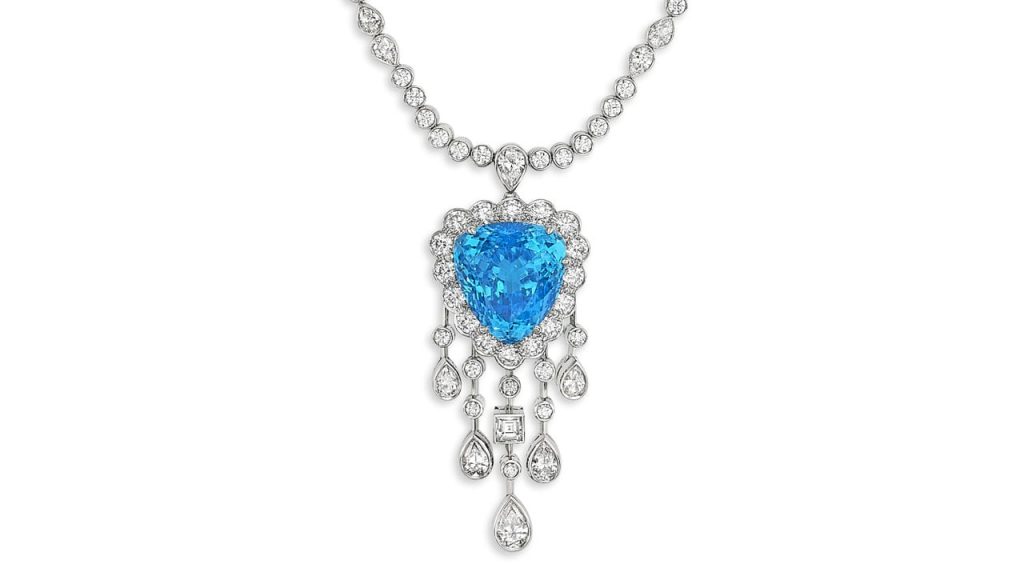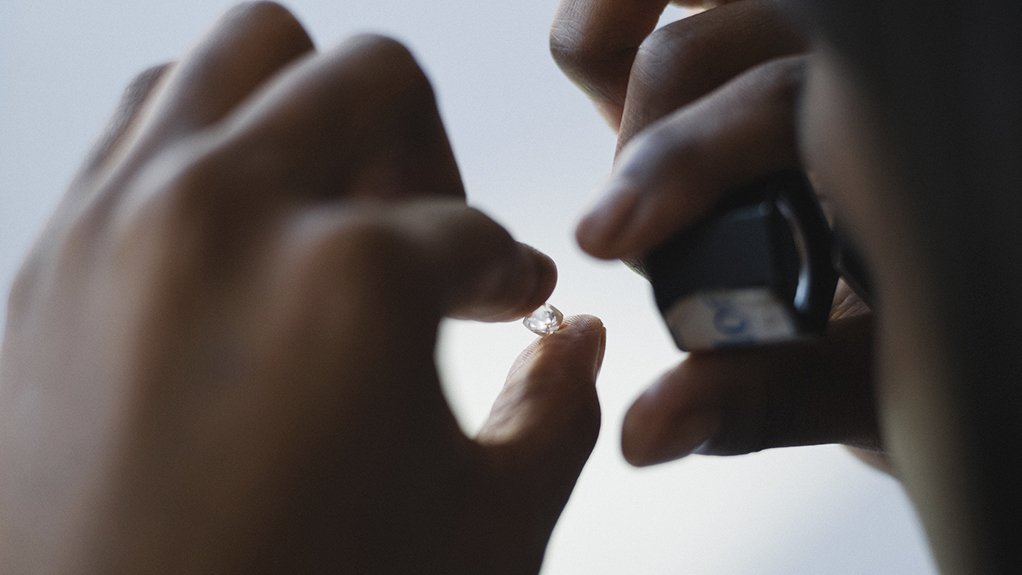
As part of efforts to provide increased provenance across the diamond industry, De Beers plans to bring the first non-De Beers Group goods onto its Tracr platform this year.
The Tracr platform uses blockchain, AI, the Internet of Things and advanced security and privacy technology to track a diamond’s journey from where it is mined and throughout the value chain, providing consumers tamper-proof assurance of where the diamond comes from.
“Our leadership in diamond transparency and traceability continued throughout 2023, underpinned by leading technologies, so that we can increasingly connect consumers with the provenance of their natural diamond and all the benefits it has delivered along its journey,” De Beers CEO Al Cook says in an update to shareholders on the group’s ‘Building Forever’ sustainability goals.
In its ‘Building Forever 2023 Sustainability Report’, published on May 8, De Beers reflects on the sustainability goals it has achieved.
This includes having engaged 5 000 women and girls in science, technology, engineering and mathematics – two years ahead of schedule.
Further, De Beers has agreed to establish a flagship Diamonds for Development Fund, in Botswana; progress key renewable energy projects in support of its emission reduction targets; and scale the development of Tracr.
De Beers reports that it is now registering more than two-thirds of its global production by value on the platform, with 1.5-million individual diamonds registered on the platform during 2023, bringing the total registered on Tracr to two million.
De Beers also opened up the platform to the wider industry, with a number of prominent marketplaces and laboratories, including the Gemological Institute of America and Gemological Science International having joined the platform.
Further, De Beers announced a collaboration with diamond traceability technology company Sarine to focus on recording technologically assured, rough-to-polished diamond traceability, without the need for further physical verification, the diamond miner notes in its sustainability report.
“Tracr and Sarine technology is open to users across the industry and will focus on making digital access to information on diamonds available to Group of 7 officials,” the report states.
In addition, De Beers also launched a “substantially uplifted” Pipeline Integrity (PI) standard, that includes higher expectations and a new melee supplement. The PI standard sets the key criteria for demonstrating segregation and traceability of eligible diamonds from non-eligible diamonds.
“It assesses each entity in the chain of custody, from the point of rough purchase through to the polished sorting office, to help ensure the management systems, policies and procedures are in place to segregate and reconcile eligible diamonds from non-eligible diamonds,” De Beers explains.
In 2023, the group expanded the scope of participants in the PI programme to Tracr participants involved in the handling or the manufacturing process who register polished eligible diamonds on the platform.
This expansion in scope resulted in a 16% increase in the number of entities required to participate in PI, compared with 2022.
Each entity participating in the PI programme must conduct an annual self-assessment and undergo a third-party assessment by SGS – De Beers’ chosen external verifier.
Meanwhile, De Beers is also progressing renewable-energy projects at its operations as part of its emissions reduction efforts.
“We continue our efforts to reduce our carbon footprint in line with our recently validated science-based emission reduction targets and are progressing investments in renewable energy to power our operations,” Cook says.
De Beers has entered into an agreement with Envusa Energy – a joint venture between its parent company Anglo American and EDF Renewables – to wheel 48 MW of wind and solar generated electricity to the Venetia mine, in Limpopo, South Africa, from 2025.
The diamond miner has also completed a prefeasibility study into a 50 MW on-site solar plant to be built at Venetia. A feasibility study into the project is under way and expected to be completed by mid-2025.
Further, De Beers has progressed plans for the development of a 34 MW wind farm at subsidiary Namdeb’s land-based operations, in Namibia. A feasibility study is under way.
In Botswana, Debswana is exploring renewable energy supply options to be developed in partnership with the Botswana Power Corporation or independent power producers.
It also held an inaugural Scope 3 supplier summit, mandating carbon reporting for the company’s sightholders and securing commitments with key suppliers to work on aligned greenhouse gas (GHG) reduction roadmaps.
De Beers has set a target of achieving a 42% decrease in its absolute Scope 1 and Scope 2 GHG emissions, as well as a 25% decrease in its absolute Scope 3 GHG emissions by 2030, with 2021 set as the baseline year.
Source: DCLA

